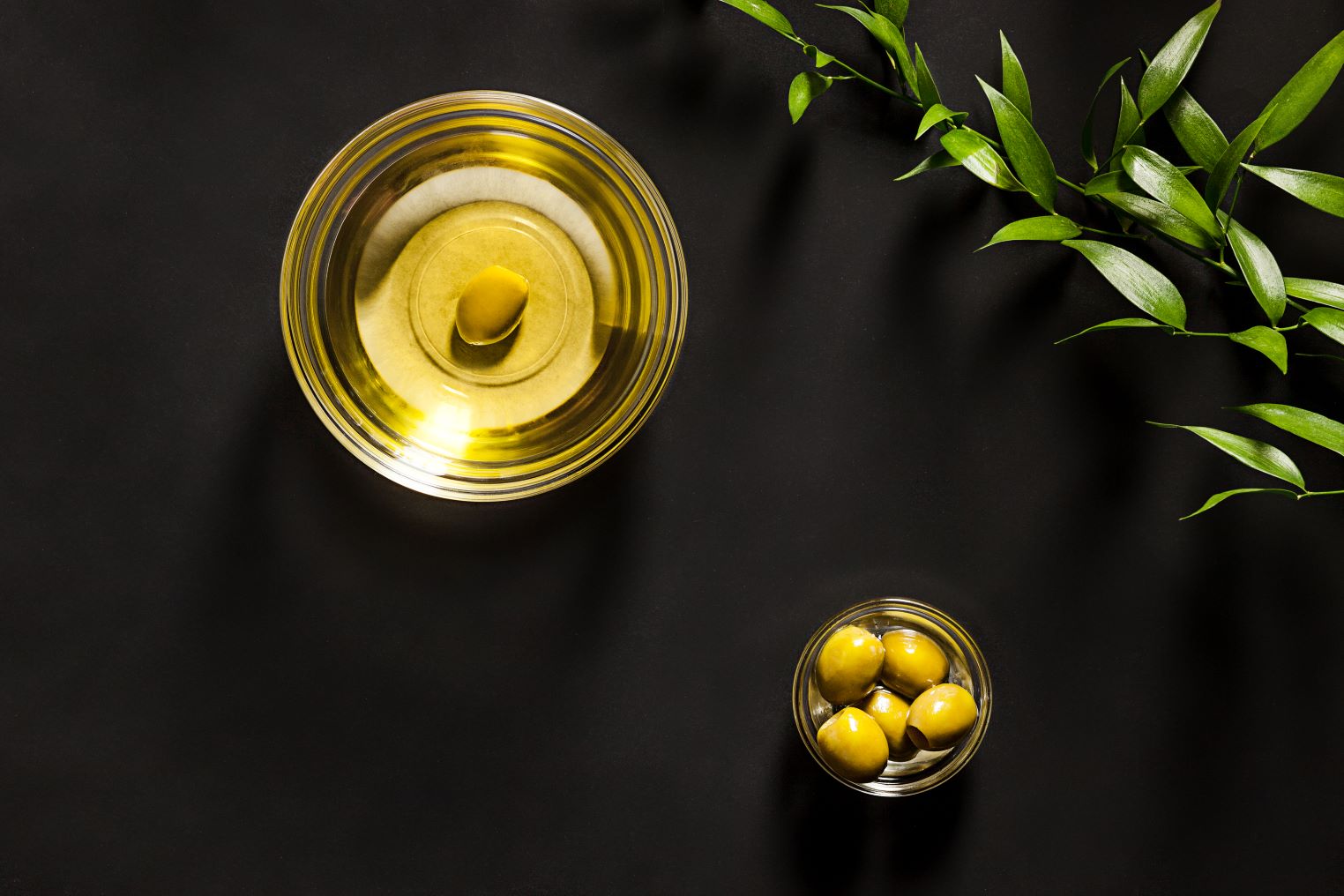Diet is an essential part of bringing care of your heart, and some foods are better than others because of their nutrients. Foods high in fruits and vegetables, whole grains, low-fat dairy products, poultry, fish, and nuts are guided by the American Heart Association, which states these foods can help keep your heart healthy. These are some of the multiple valuable things to put on your grocery list.
This is how it looks like:
Lower risk of heart disease has been found in people who eat a lot of apples. This is because they have an excess of different compounds that help with many things that affect heart health. For example, they contain quercetin, a plant chemical that is an anti-inflammatory agent. Quercetin may also help to keep blood clots at bay.
They also have polyphenols, which are known for their antioxidant properties. It may help lower blood pressure if you eat flavonoid epicatechin, one polyphenol. Other flavonoids are linked to a lower risk of having a stroke. They may also help to cut down on bad cholesterol. Apples come in many different flavors and are easy to carry around. Slice up an apple, eat it as a healthy snack, or add it to your salad.
Olive Oil
Olive oil reduces cardiovascular risk, most likely by lowering LDL cholesterol and raising HDL cholesterol levels. Olive oil is an integral part of a Mediterranean diet. Olive oil may also help the heart stay young. A 2011 analysis in the American Journal of Clinical Nutrition found that people who ate a lot of olives had minor damage to their endothelial cells.
There are cells in the walls of the arteries that help blood move. To make an excellent dip for whole-grain bread, put some olive oil in a small bowl, add balsamic vinegar, and sprinkle some oregano on top. You can also use olive oil for cooking.
Avocados
There are a lot of monounsaturated fatty acids in avocados. They also have a lot of vitamins and phytochemicals that work as antioxidants to protect your heart and other parts of your body from damage. As a monounsaturated fat found in avocados, Oleic acid can help reduce inflammation all over the body, but it’s best known for reducing inflammation in the heart.
Heat-induced oxidation can make some fats bad for you when they reach a specific temperature, but the fats in avocado oil are resistant to this process. This means that avocado oil is healthy and safe to use in cooking.
Green Leafy Vegetables
Leafy greens are full of compounds that help your heart and blood vessels. They also have a lot of fiber, which can help lower bad cholesterol and cut down on heart disease. It’s good for you to eat leafy greens because they are low in calories and taste good. Fresh spinach leaves can be used as a salad green, or Swiss chard or kale can be served aside. At snack time, eat some fresh broccoli with a vegetable dip.
Salmon
You can get EPA and DHA from salmon, one of the best sources. EPA and DHA have been known for a long time to lower inflammation in the body, lower blood pressure, and enhance the function of endothelial cells. A 2012 review of analyses found that as small as 0.45 to 4.5 grams of omega-3 fatty acids (almost 3 ounces of salmon) can make a big difference in how well your arteries work.
Not only does salmon taste good, but it also has a less fishy taste than some other types of fish. It can also be steamed, sautéed, grilled, or even smoked.
It’s best to have salmon or another type of oily fish like tuna, sardines, or herring at least two times a week.
Whole Grains
Vitamins, minerals, and fiber are found in whole grains. These things will help keep your heart healthy and lower your LDL cholesterol and triglycerides, two types of fat in your body. Oats, in particular, are a good thing to reach for. Beta-glucan is a type of soluble fiber found in oats.
It allows lower whole cholesterol and LDL cholesterol. One study in the American Journal of Nutrition was discovered in 2015. It found that whole-grain oats might be the best full grain for lowering cholesterol. Create a sandwich with two pieces of 100% whole-grain bread, 3 ounces of thin turkey breast, many sliced tomatoes and avocado, lettuce, and a little bit of mustard on it.
If you don’t like white pasta, you can also switch to whole grain pasta. Enjoy oatmeal for breakfast with only a tiny amount of brown sugar and many strawberries and nuts. Choose brands that don’t add extra sugar to your oat-based cold cereal.
Soy and Soy Foods
Suppose you like to eat smaller meat, test soy. It is made from plants and is a good choice. It has a lot of sound cardiovascular effects, like lowering blood pressure and cutting cholesterol. Soy can be used instead of meat a few times a week to cut down on the number of saturated fats (harmful fats) in your diet. When you make your favorite stir-fry, you can add tofu or soy milk to make it healthier.
Tomatoes
In concentrated tomato products, there is more lycopene. Tomatoes are full of vitamins, and there is more lycopene in potent tomato products. Counting lycopene into your diet may assist rescue your heart, especially if you don’t get enough antioxidants from your current diet. You can add a few thick slices of tomatoes to sandwiches and salads, or you can make a fresh tomato sauce for whole-wheat pasta and eat it.
Walnuts
The monounsaturated fat found in most nuts, as well as vitamin E, may help you stay healthy by keeping your cholesterol and blood pressure levels in check. In addition to being good sources of plant-based omega-3 fats, walnuts are unique because they are also high in fiber. It is a good idea to eat walnuts with fruit as a snack. For breakfast, put some chopped walnuts on top of a bowl of warm oatmeal with a bit of honey or blueberries on top of it.
Beans
It has been shown that beans are good for your heart. They are high in protein and fiber, suitable for your heart. It doesn’t matter that beans are very high in calories – they haven’t been found to make you fat. Beans are one of the most valuable foods. Many types of beans have unique tastes, while others are very good at taking in the flavors of spices added to them. They can be added to salads, stews, rice dishes, sauce, and soup to make them tastier. You can also eat them alone.







